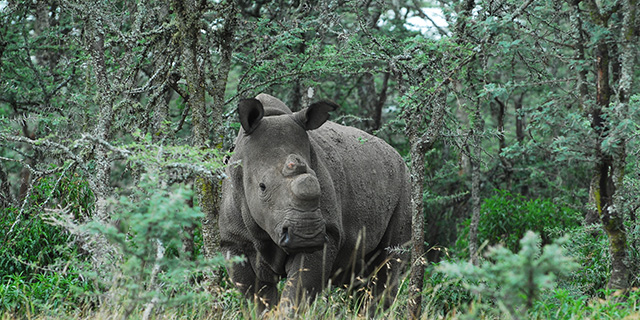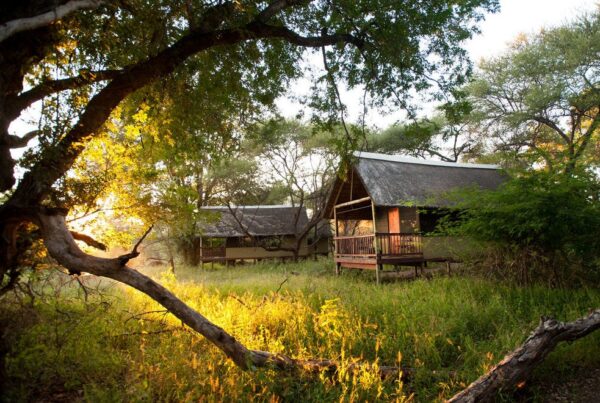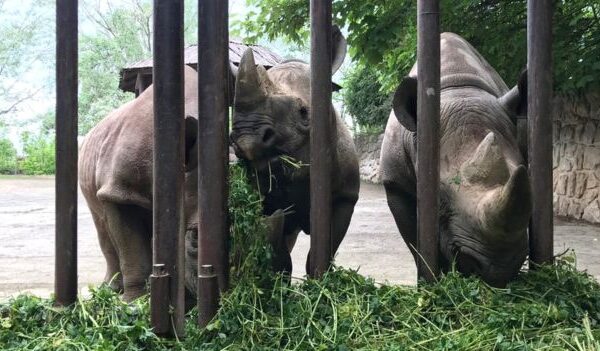In a desperate effort to save the Northern White Rhino (NWR), scientists in Germany, Italy and the Czech Republic have joined forces to create the first-every hybrid rhino embryo produced outside of the womb.
Until now, all conservation efforts to save this species have been thwarted — mainly by poaching, civil war and habitat loss. In the 1960s, the NWR population totaled around 2,000.
But after the death of Sudan (the last known male of the species) from natural causes last March, there are only two remaining females, both of them living in Ol Pejeta Conservancy near Mount Kenya. That status makes the species functionally extinct.
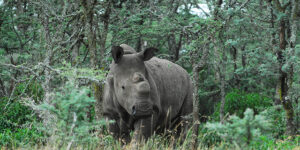
Photo courtesy Ol Pejeta Conservancy
Adapting reproduction techniques previously used with horses, the hybrid embryos were produced by combining eggs from Southern White Rhinos (SWR) and NWR sperm using assisted reproduction techniques.
According to the scientists, who published details of this breakthrough in Nature Communications, these invitro-produced rhino embryos have a very high chance of leading to successful pregnancy once they are implanted into surrogate mothers. Female SWR could act as these surrogate mothers seeing as there are about 21,000 of them in southern Africa today.
The oocytes used in this program were collected from SWR females living in European zoos and shipped to Avantea institute in Italy, a world leader in assisted reproduction technologies for large animals.
Once the oocytes matured, they were fertilized with the semen from deceased NWR males and cultured — resulting in rhino blastocysts or early-stage embryos.
The scientists will soon travel to Kenya to collect oocytes from the last two NWR females at Ol Pejeta and repeat this procedure.
Seeing as there are only two surviving females and semen saved from only four males, the technique will not be enough to create a self-sustaining population of NWR due to lack of genetic diversity.
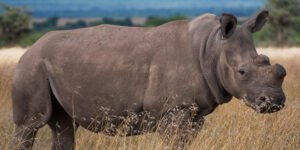
Photo courtesy Ol Pejeta Conservancy
To this end, scientists are working on an additional approach that will generate gametes through stem cell technology and then transform them into eggs and sperm, thereby substantially enlarging the founding genetic diversity of the future NWR population.
“This research is groundbreaking,” says Steven Seet, head of press and communications at Leibniz Institute for Zoo and Wildlife Research (Leibniz -IZW) in Berlin , one of the other partners in the program.
“We are witnessing the development of a method that can help to compensate the negative impact of humans on nature. We hope that the current achievement will help us to convince more people as well as public authorities that this new approach is feasible and worth supporting.”
